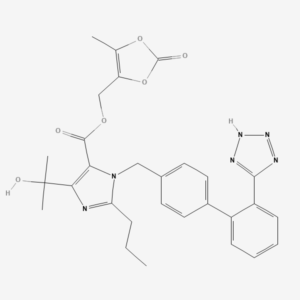Introduction
The Active Pharmaceutical Ingredient, often known as API, is one of the most important components of any medicine. Excipients are additive compounds that are employed in medication formulation to increase the bulkiness, disintegration, dissolving rate, and bioavailability of the medicine. Traditionally, active substances for medicine were derived from plants or animals. Quinine, a well-known malaria treatment, was initially extracted from the bark of the Cinchona tree, which is native to Peru.
Even while certain particular components are still produced biologically, new medications are rarely generated in this manner. Simply because they have all previously been developed as a result of millennia of history. However, contemporary technology has the potential to be more efficient, safer, and cleaner.
How was a Drug Discovered before Vs Now?
The manufacturing method of pharmaceuticals has altered dramatically as science has advanced. Previously, when a new medicine was created, there were only limited estimates as to how it will interact with the body and what its purpose would be. It would only become known once the medication was completely discovered. This is now known as the ‘Classical Pharmacology’ case.
However, with scientific advancements and current understanding, it has become increasingly common to execute this process in reverse, a procedure known as “Target-based drug discovery.” A specific target in the body is identified, and then a group of molecules is tested to see which group works best for that region of the body, which is then limited down to one or two specific compounds.
How Science is Helping in the production of APIs?
Chemical synthesis is what gave rise to the pharmaceutical business as we know it. Scientists in laboratories may build new APIs by having two or more materials react with one other, and this isn’t restricted to just one reaction; there can be dozens of stages from start to end.
Traditionally, much of this research was done on animals, but because of advances in technology and scientific understanding, much of the testing can now be done on cell cultures on Petri dishes, for example. However, animal research is still required, and in certain cases, crucial, to acquire a complete picture of how the new treatment acts on a whole organism.
When it comes to vaccinations and antibiotics, the pharmaceutical sector prefers biotechnology over chemical synthesis. In a nutshell, it involves the use of microbes such as bacteria to assist the body in fighting illnesses.
How has the scaling helped us?
So, returning to APIs and that process, after all of the work in the lab, animal studies, trials, and everything in between, it’s time to scale up. Producing a pharmaceutical raw material on a large industrial scale is not the same as producing a small batch in a lab.
Most likely, the manufacturers will meet challenges on the big-scale production sites that they did not encounter on the tiny lab-scale, such as how the massive equipment manages the mixing of the components or whether the drying process can be completed as rapidly as required.
API to Medicine
Then there’s the matter of how the API should be administered to individuals for it to perform optimally. And for the patient to be able to utilize the medication at their leisure? Tablets, injections, capsules, or topical ointment?
The most efficient approach is chosen based on factors such as API particle size, solubility, and study into how long the API remains active in each form. That’s all there is to it! It begins with chemical synthesis or biotechnology, then a decade or more of research and development, and finally large-scale manufacturing. Of course, this just scratches the surface of how APIs and medicines are made, but I hope it provides you with an understanding of the process and the history of pharmaceuticals.




